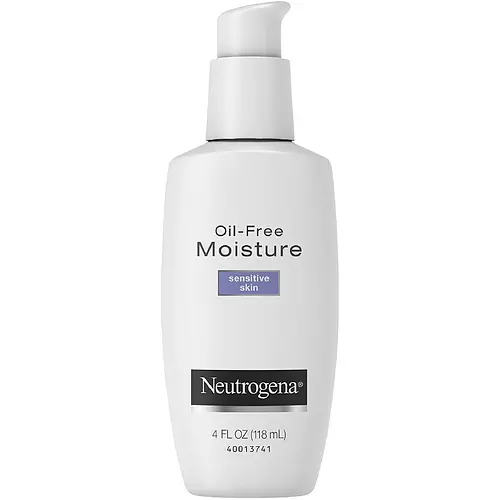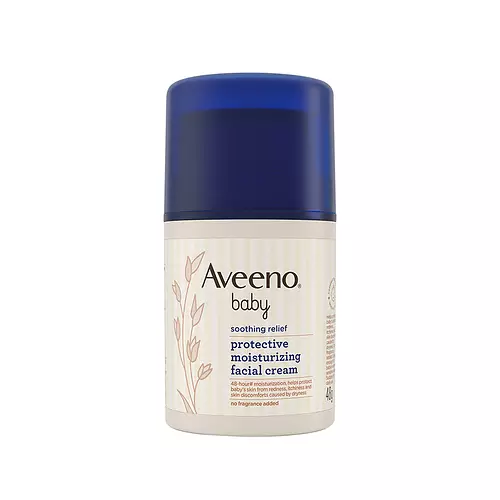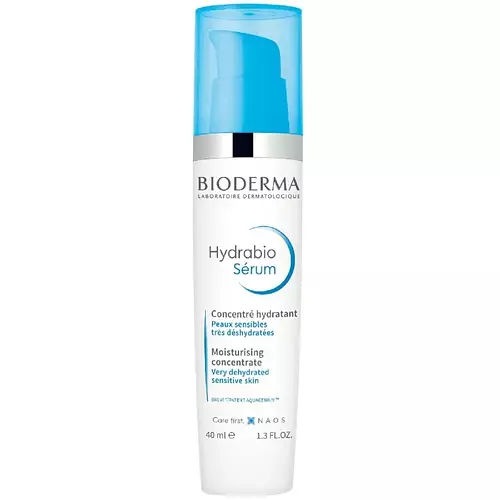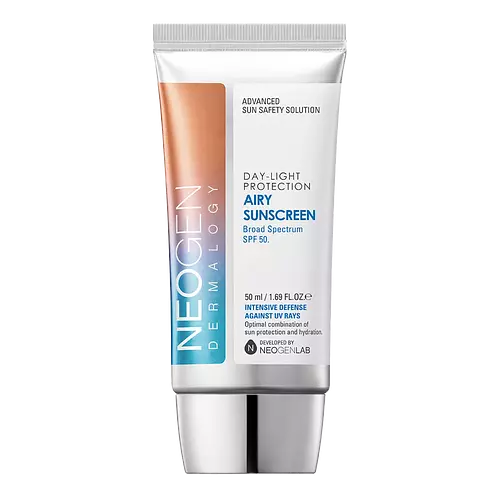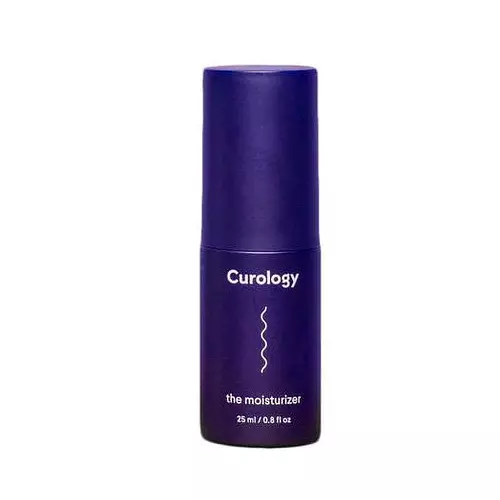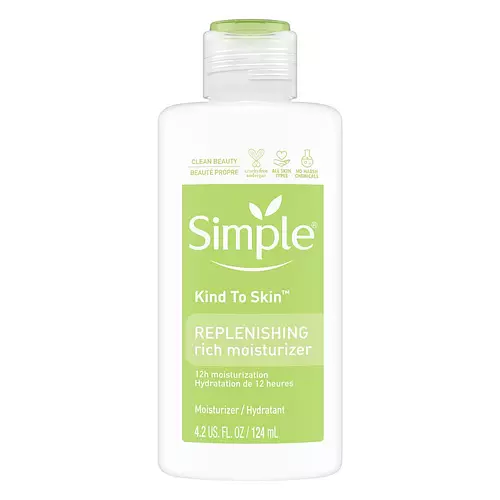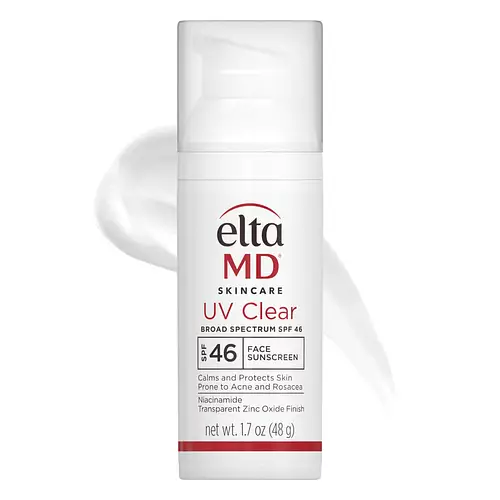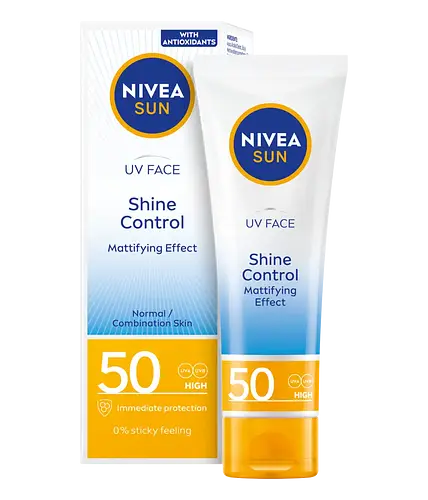Overview
What they are
These products are both general moisturizers. They have a total of 4 ingredients in common
Suited For
They're both likely to be good for dry skin and brightening skin
Free From
They both do not contain any harsh alcohols, common allergens, fragrances, oils or sulfates
What's Inside
They both contain silicones
We independently verify ingredients, and our claims are backed by peer-reviewed research. Spot a product that needs an update? Let us know.
Ingredient Info
Neutrogena Oil-Free Moisture for Sensitive Skin 20 ingredients
Cetaphil Pro Oil Absorbing Moisturizer With Spf 30 Broad Spectrum 29 ingredients
At a glance
Click on any of the items below to learn more
Neutrogena Oil-Free Moisture for Sensitive Skin 20 ingredients
Cetaphil Pro Oil Absorbing Moisturizer With Spf 30 Broad Spectrum 29 ingredients
Benefits
This product contains 1 ingredient that may have this attribute:
This product contains 1 ingredient that may have this attribute:
Concerns
This product contains 3 ingredients that may have this attribute:
This product contains 2 ingredients that may have this attribute:
This product contains 1 ingredient that may have this attribute:
This product contains 2 ingredients that may have this attribute:
Notable Ingredients
This product contains 3 ingredients that may have this attribute:
This product contains 1 ingredient that may have this attribute:
This product contains 1 ingredient that may have this attribute:
This product contains 1 ingredient that may have this attribute:
Benefits
This product contains 1 ingredient that may have this attribute:
This product contains 1 ingredient that may have this attribute:
This product contains 1 ingredient that may have this attribute:
This product contains 2 ingredients that may have this attribute:
Concerns
This product contains 1 ingredient that may have this attribute:
This product contains 3 ingredients that may have this attribute:
This product contains 2 ingredients that may have this attribute:
Ingredients Side-by-side
Ingredients Explained
These ingredients are found in both products.
Ingredients higher up in an ingredient list are typically present in a larger amount.
Water. It's the most common cosmetic ingredient of all. You'll usually see it at the top of ingredient lists, meaning that it makes up the largest part of the product.
So why is it so popular? Water most often acts as a solvent - this means that it helps dissolve other ingredients into the formulation.
You'll also recognize water as that liquid we all need to stay alive. If you see this, drink a glass of water. Stay hydrated!
Learn more about WaterGlycerin is already naturally found in your skin. It helps moisturize and protect your skin.
A study from 2016 found glycerin to be more effective as a humectant than AHAs and hyaluronic acid.
As a humectant, it helps the skin stay hydrated by pulling moisture to your skin. The low molecular weight of glycerin allows it to pull moisture into the deeper layers of your skin.
Hydrated skin improves your skin barrier; Your skin barrier helps protect against irritants and bacteria.
Glycerin has also been found to have antimicrobial and antiviral properties. Due to these properties, glycerin is often used in wound and burn treatments.
In cosmetics, glycerin is usually derived from plants such as soybean or palm. However, it can also be sourced from animals, such as tallow or animal fat.
This ingredient is organic, colorless, odorless, and non-toxic.
Glycerin is the name for this ingredient in American English. British English uses Glycerol/Glycerine.
Learn more about GlycerinDimethicone is a silicone used for making products smooth and silky. It also has the added benefit of sealing in hydration. The amount of dimethicone found in beauty products is considered safe and non-comedogenic, meaning it won't clog pores.
Dimethicone has been found increase absorption in skin, boosting the benefits of other ingredients. While there is concern for the safety of dimethicone, the levels used in skincare are safe for use.
Carbomer is a polymer of acrylic acid. Its main role is to create gel consistency within products.
Carbomer is commonly found in many types of cosmetics products. It is found to be safe in concentrations up to 15%. However, a high amount of carbomer can cause pilling or balling up of products. Most products contain 1% of less of carbomer.
Ingredient Ratings
Here's what our community thinks of the ingredients in these two products.
When to use
Neutrogena Oil-Free Moisture for Sensitive Skin 20 ingredients
Cetaphil Pro Oil Absorbing Moisturizer With Spf 30 Broad Spectrum 29 ingredients


Reviews
Here's what our community thinks
Neutrogena Oil-Free Moisture for Sensitive Skin 20 ingredients
ellalovesotters
too lightweight and not enough moisture
this was my main moisturizer for a while and i'd use it every morning after cleansing. it's very...
too lightweight and not enough moisture
this was my main moisturizer for a while and i'd use it every morning after cleansing. it's very lightweight so it didn't provide my skin with enough moisture. it didn't last too long either, after about 2 hours after applying my skin started to feel a bit dry again. i think there a definitely better alternatives, if you're still looking for something by neutrogena i highly recommend their "hydro boost hyaluronic acid gel face moisturizer"! :)
Cetaphil Pro Oil Absorbing Moisturizer With Spf 30 Broad Spectrum 29 ingredients
Pola 🐛
It actually absorbed the oil but felt pretty heavy. Have mixed feelings about it and probably won't use it again
